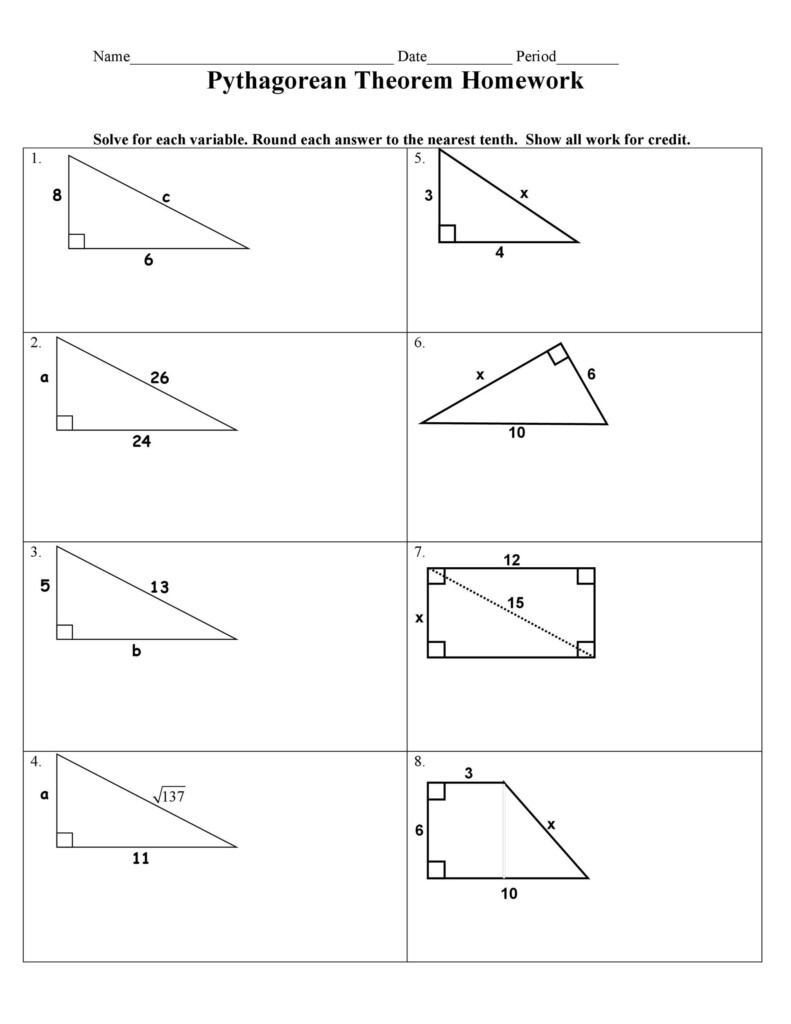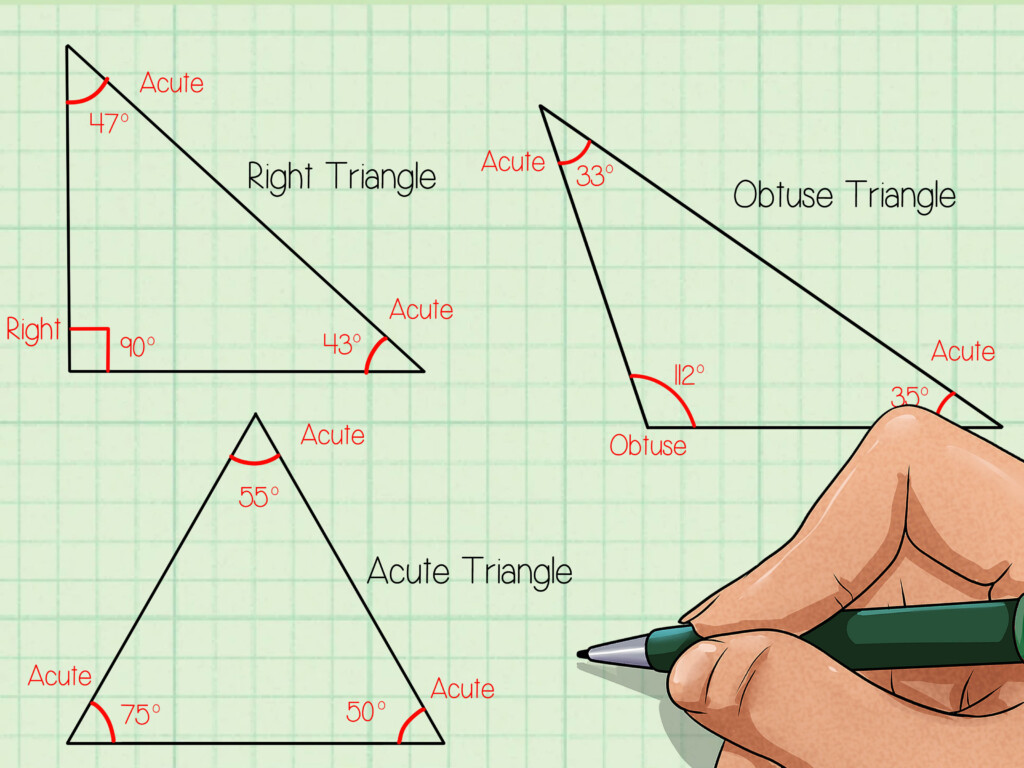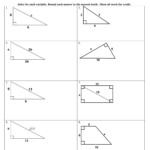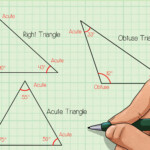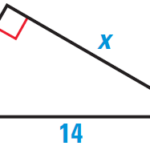Do The Following Lengths Form A Right Triangle Worksheet – Triangles are among the most fundamental geometric shapes in geometry. Understanding triangles is important for developing more advanced geometric ideas. In this blog we will look at the different kinds of triangles, triangle angles, how to determine the length and width of a triangle, and offer details of the various.
Types of Triangles
There are three types of triangles: equilateral isosceles, and scalene.
- Equilateral triangles contain three equal sides and three equal angles of 60 degrees.
- Isosceles triangles have two equal sides and two equal angles.
- Scalene triangles feature three distinct sides, and three different angles.
Examples of each type of triangle will be shown.
Triangle Angles
Three angles are found in the triangle: acute right, and obtuse.
- Acute angles are angled less than 90 degrees.
- Right angles are precisely 90 degrees.
- Obtuse angles can be greater than 90 degrees.
A variety of angles will be given.
Perimeter of Triangles
The perimeter of a triangle is the total from the widths and lengths on its edges. To determine what is the radius of a triangle it is necessary to multiply the lengths of its three sides. The formula for the perimeter of one of these triangles is
Perimeter = Side A + Side B + Side C
A few examples of how to calculate the perimeter of the triangle will also be discussed using various types of triangles.
Area of Triangles
The size of a triangle is the space within the triangle. To determine the surface of a triangle you must know its length from the point of origin, as well as the dimensions of the triangle. The formula for calculating the area of a triangle is as follows:
Area = (Base x Height) / 2
A few examples of how to calculate the area of an area triangle will be presented by using various kinds of triangles.
Conclusion
Understanding the importance of triangles is a crucial component of learning the basics of geometry. Knowing the different types of triangles, angles, as well as how to determine the areas and perimeters of a triangle can help you tackle more complicated geometric problems. With our extensive triangular worksheets, it is possible to enhance your knowledge of these basic concepts and take your geometry skills to the next level.

